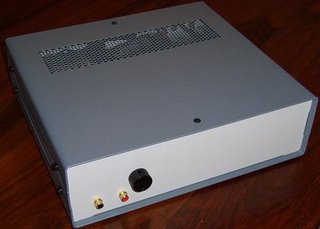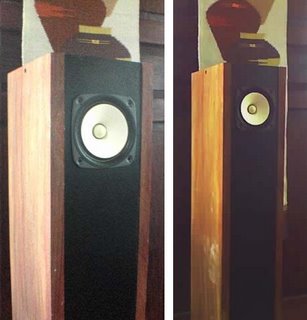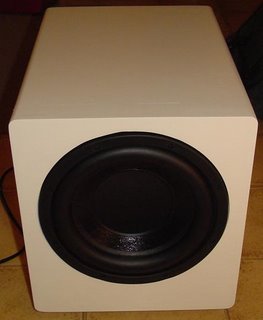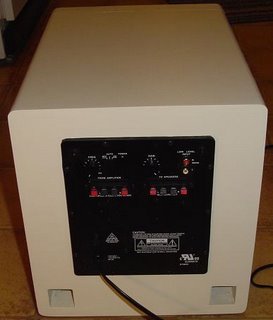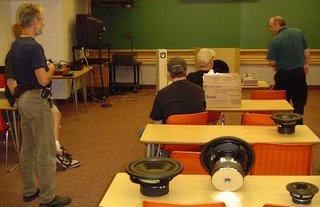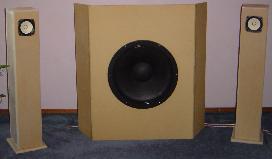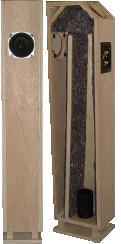 The enclosure for the amplifier is a tiny aluminum box that measures 119 X 94 X 34 mm. The amplifier is based around the popular LM3875 chip using point-to-point wiring. Power to the amplifier is provided via an external power supply which is also housed in an aluminum enclosure.
The enclosure for the amplifier is a tiny aluminum box that measures 119 X 94 X 34 mm. The amplifier is based around the popular LM3875 chip using point-to-point wiring. Power to the amplifier is provided via an external power supply which is also housed in an aluminum enclosure.See the project page for more pictures and information about the Nanoo Chip Amplifier (LM3875 Gainclone) Project.
Related Projects:
- Bruce's LM3875 DIY Chip Amplifier (Gainclone) Kit
- Mark's LM3875 Gainclone Chip Amplifier in a Roasting Pan
- Gio's LM3886 DIY Chipamp Project Kit
- Mark's Point to Point LM3875 Gainclone / ChipAmp instructions
- Thomas' TDA2050 Hi-Fi Chip Amplifier (chipamp)


